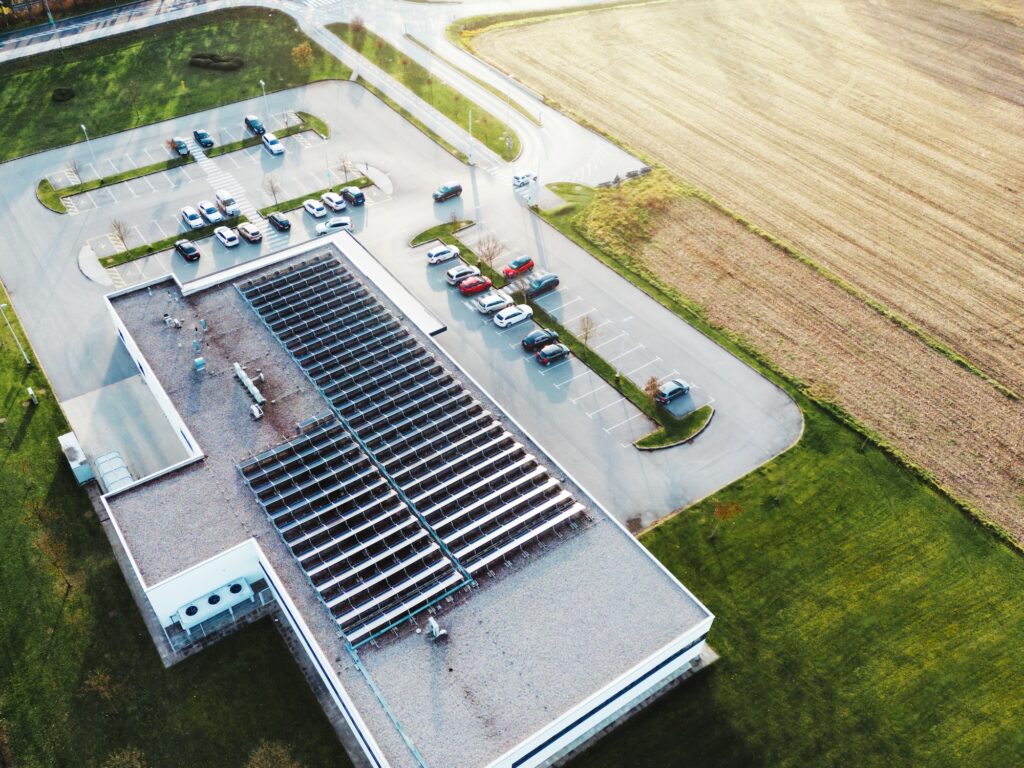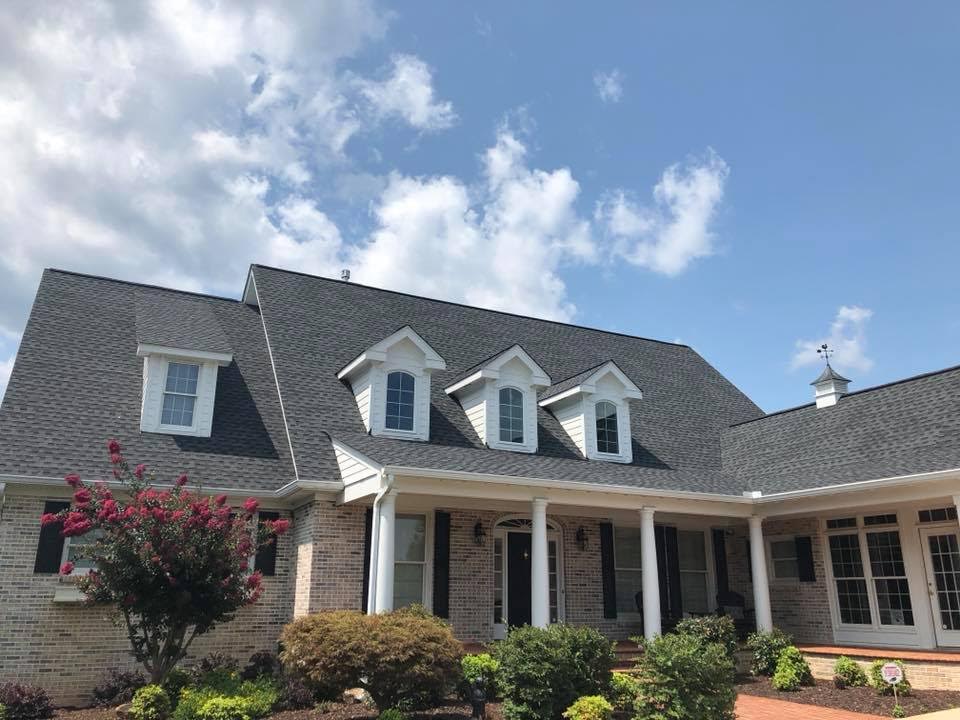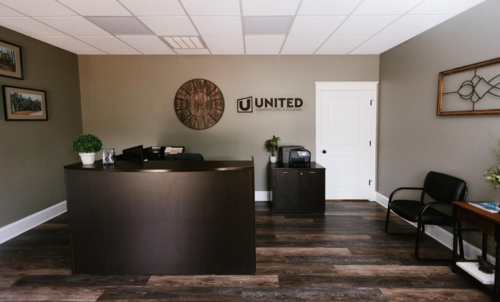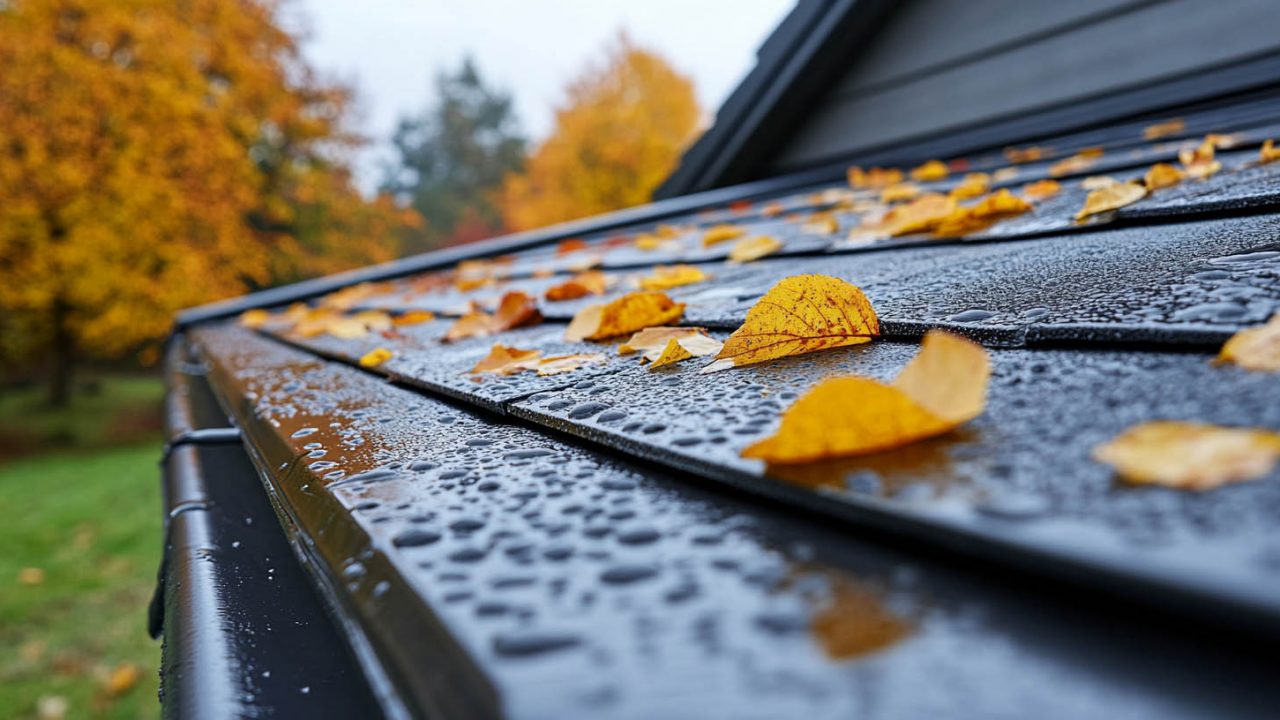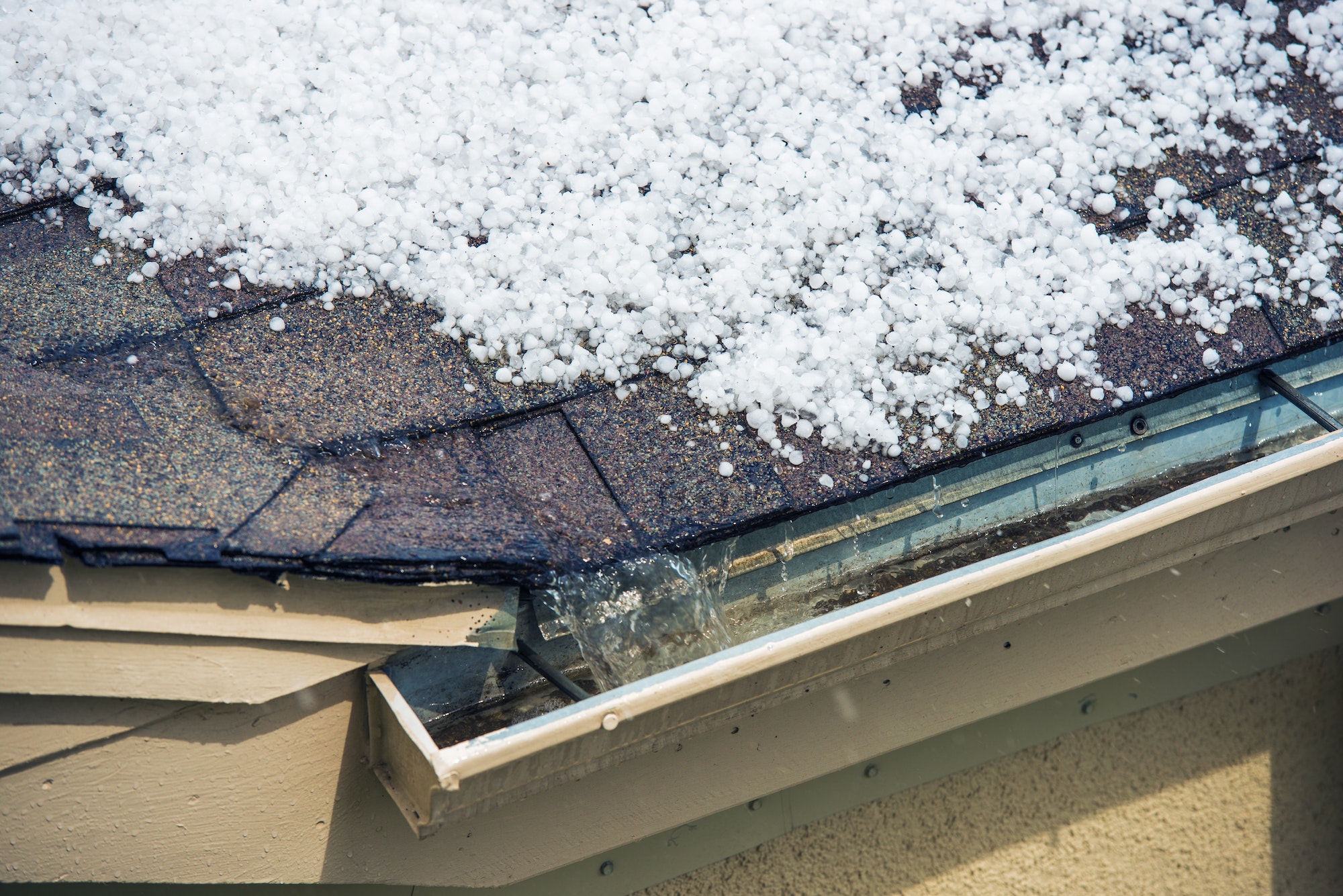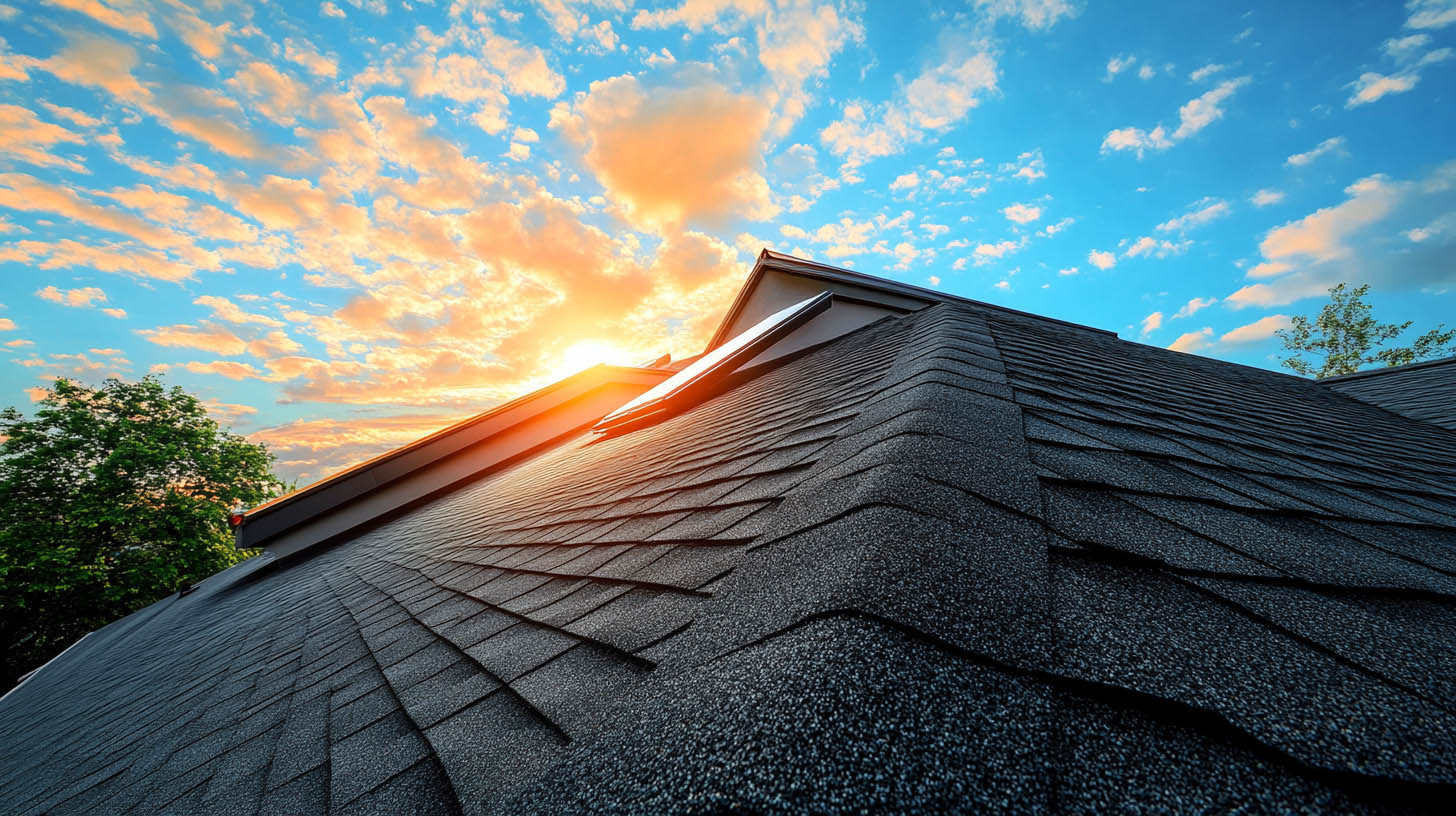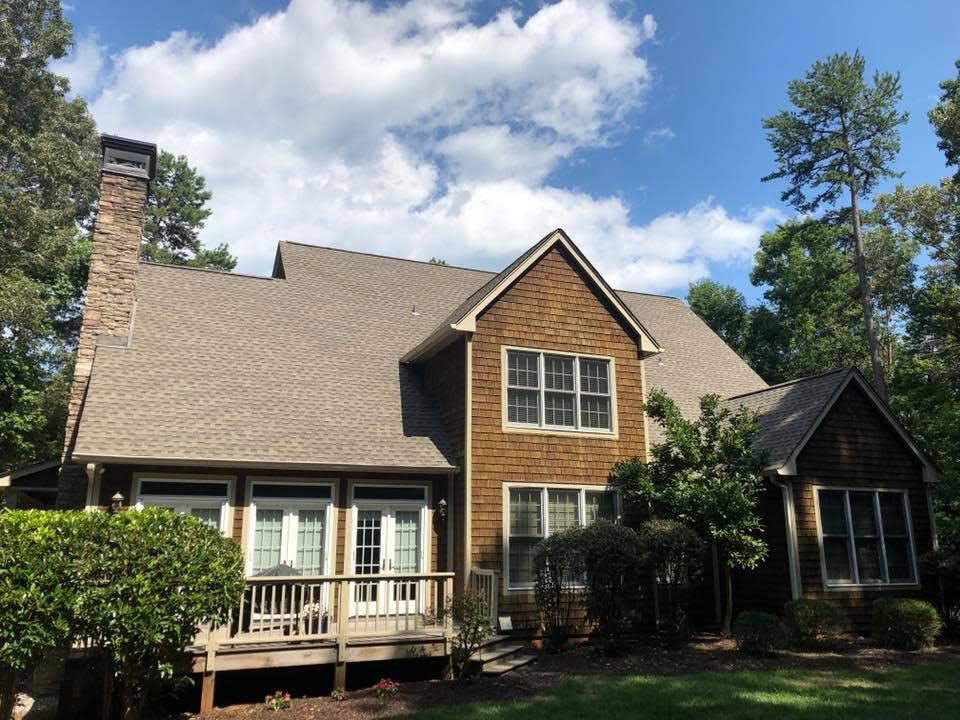Proper drainage systems are essential for maintaining the structural integrity and longevity of commercial buildings. United Contracting & Roofing LLC in Greenville, SC, specializes in installing and maintaining efficient roof drainage systems that protect your property from water damage and other related issues.
Why Proper Roof Drainage is Crucial
Prevents Water Damage
Effective roof drainage ensures that water does not accumulate on the roof, preventing leaks and water damage to the building’s interior, including ceilings, walls, and structural elements.
- Leak Prevention: Proper drainage channels water away, reducing the risk of leaks.
- Interior Protection: Protects the building’s interior from water damage.
- Structural Integrity: Prevents structural damage caused by standing water.
Preserves Structural Integrity
Standing water on the roof adds excessive weight and stress to the structure, potentially causing long-term damage. Proper drainage distributes the weight evenly and prevents structural issues.
- Weight Distribution: Evenly distributes water weight to avoid stress on the roof.
- Preventative Maintenance: Regular drainage maintenance prevents structural deterioration.
- Longevity: Extends the lifespan of the roof by preventing damage.
Prevents Mold and Mildew
Excess moisture due to poor drainage can create an environment conducive to mold and mildew growth, which compromises indoor air quality and poses health risks to occupants.
- Moisture Control: Proper drainage reduces indoor humidity.
- Health Protection: Prevents mold and mildew, ensuring a healthy environment.
- Air Quality: Maintains better indoor air quality by reducing mold spores.
Extends Roof Lifespan
Standing water accelerates the deterioration of roofing materials. Proper drainage helps prolong the lifespan of your roof and avoids costly repairs or premature replacements.
- Material Preservation: Prevents roofing materials from deteriorating.
- Cost Savings: Reduces the need for frequent repairs and replacements.
- Durability: Ensures the roof remains durable and functional.
Protects Landscaping and Property
Proper roof drainage channels water away from the building’s foundation and surrounding landscaping, preventing erosion and water damage to plants, walkways, and other property features.
- Foundation Protection: Prevents water from seeping into the building’s foundation.
- Landscaping Preservation: Protects landscaping from water damage.
- Property Safety: Ensures walkways and other property features are safe and undamaged.
Compliance with Building Codes
Many building codes and regulations mandate proper roof drainage systems to ensure the safety and integrity of commercial structures. Compliance with these codes is essential for avoiding penalties and liabilities.
- Regulatory Compliance: Meets local building codes and regulations.
- Safety Assurance: Ensures the building is safe and up to standard.
- Liability Reduction: Reduces the risk of legal issues due to non-compliance.
Types of Roof Drainage Systems
Internal Drains
Internal drains are installed within the building’s structure and are typically located in areas such as roofs and balconies. They collect water runoff and direct it to the building’s plumbing system or an external drainage network.
- Built-In Design: Integrated into the building’s structure.
- Effective Water Removal: Efficiently directs water away from the roof.
- Minimal Exterior Impact: Reduces the need for external drainage components.
Scuppers
Scuppers are openings or outlets installed along the edges of roofs to allow water to drain off the roof surface. They are often connected to downspouts or piping that directs water away from the building.
- Edge Drainage: Installed at roof edges to direct water off the roof.
- Complementary System: Often used with downspouts for effective drainage.
- Simple Installation: Easy to install and maintain.
Gutters and Downspouts
Gutters are troughs or channels installed along the edges of roofs to collect rainwater and channel it towards downspouts. Downspouts are vertical pipes that carry water from the gutters to the ground or a drainage system.
- Water Collection: Efficiently collects and directs rainwater.
- Versatile Use: Suitable for various roof types and structures.
- Maintenance Essential: Regular cleaning and maintenance are necessary.
French Drains
French drains are subsurface drainage systems consisting of perforated pipes surrounded by gravel or rock. They are installed underground to collect and redirect groundwater away from the building’s foundation.
- Subsurface Solution: Effective for managing groundwater.
- Foundation Protection: Prevents water infiltration and structural damage.
- Discrete Installation: Installed underground, minimizing visual impact.
Slope Systems
Slope systems involve designing the roof with a slight incline to facilitate water runoff towards designated drainage points. This method is effective for flat or low-slope roofs and often requires the installation of tapered insulation to achieve proper drainage.
- Slope Creation: Uses tapered insulation to create a slope.
- Effective for Flat Roofs: Ideal for flat or low-slope roofs.
- Water Management: Directs water to designated drainage points.
Signs of Poor Drainage
Pooling Water
One of the most obvious signs of poor drainage is water pooling on the roof surface. If you notice standing water that persists for more than 48 hours after rainfall, it indicates that the drainage system is not effectively removing water from the roof.
- Persistent Standing Water: Indicates inadequate drainage.
- Risk of Damage: Prolonged pooling can lead to structural damage.
- Prompt Attention Needed: Requires immediate inspection and correction.
Clogged or Overflowing Gutters
Inspect the gutters regularly for debris buildup, such as leaves, twigs, or dirt, which can obstruct the flow of water. Overflowing gutters during rainstorms or water spilling over the edges are signs of clogs or inadequate capacity.
- Debris Buildup: Causes blockages and overflows.
- Regular Cleaning: Essential to maintain proper function.
- Capacity Check: Ensure gutters are adequately sized.
Leaking Ceilings
Water stains, discoloration, or damp spots on interior ceilings or walls are indicators of water intrusion, which could be caused by a malfunctioning roof drainage system. Pay attention to any signs of water damage inside the building, especially after heavy rainfall.
- Interior Damage: Indicates possible drainage issues.
- Mold Risk: Damp areas can lead to mold growth.
- Inspection Needed: Requires a thorough inspection of the roof and drainage system.
Sagging Roof Structure
The weight of standing water can cause the roof structure to sag or bow over time. Inspect the roof from both the interior and exterior for any signs of structural deformation, such as sagging beams or bulging ceilings.
- Structural Deformation: Indicates excessive water weight.
- Inspection Required: Check for signs of sagging or bowing.
- Immediate Action: Address structural issues promptly.
Mold or Mildew Growth
Excess moisture from inadequate drainage creates a favorable environment for mold and mildew growth. Check for any signs of mold or mildew on the roof surface, as well as in the attic or other enclosed spaces where moisture may accumulate.
- Mold Presence: Indicates high moisture levels.
- Health Hazard: Mold and mildew pose health risks.
- Moisture Control: Ensure proper drainage to prevent growth.
Conclusion
Proper roof drainage is essential for maintaining the integrity, longevity, and functionality of commercial roofs. Effective drainage systems ensure that rainwater and other forms of precipitation are efficiently directed away from the roof surface, preventing water damage, structural deterioration, and indoor moisture issues. United Contracting & Roofing LLC offers expert drainage solutions tailored to your building’s needs, ensuring your roof remains in optimal condition.For more information on the importance of a commercial roof maintenance plan, click here.

